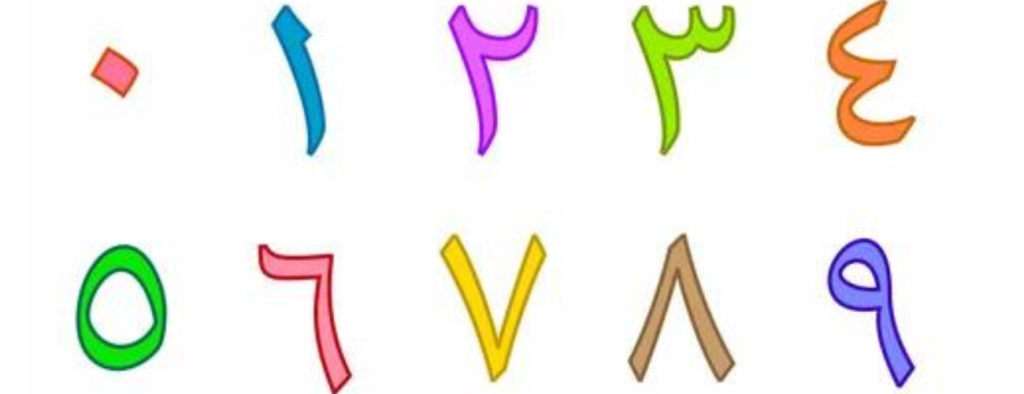Regardless of the form of the language, if you want to learn Arabic numbers and how to count them in Arabic, the words will be the same, standard, and official.
However, if you want to move on to larger numbers, you will notice some differences that may not be as easy to learn. Let us not waste any more time and dive into the world of Arabic numbers:
- NUMBERS 1-10
- NUMBERS 11-20
- NUMBERS 21-30
- NUMBERS 31-40
- NUMBERS 41-50
- NUMBERS 51-60
- NUMBERS 61-70
- NUMBERS 71-80
- NUMBERS 81-90
- NUMBERS 91-100
- NUMBERS 100–1000
- NUMBERS 1000–10,000
- NUMBERS 10,000 – 100,000
How to Practice Arabic Numbers?
Here are some methods for honing your math skills:
1.Watch You tube videos
To become familiar with the lyrics, download and listen to counting songs. You may learn the Arabic numbers via a variety of kid-friendly films that you can find on YouTube.
Additionally, counting music and videos might help you pronounce the numbers more clearly. Simply follow the words as they are spoken or sung on the video until you begin to sound like them.2.Download an app
Additionally, you can download a smartphone application. On the App Store, look for Arabic counting or multilingual counting apps. Installing most of these programs is free.
For instance, the Polynumial app interprets numerals to help you learn how to count. The app is only accessible for iOS, however it includes an Arabic-specific version.
As you encounter the Arabic numbers you have learned during the day, repeat them aloud. You will probably stumble across the numbers and utilize them unconsciously as you go about your day.
3.Count your grocery
Therefore, pause each time you see a number and translate it into Arabic. Try expressing your financial balance in Arabic, for instance. Or use Arabic to tally the items in your grocery basket or the score at a sporting event.
4.Use flashcards
As you master numbers, use flashcards to expand your vocabulary in Arabic. For children to learn numbers, you can use basic counting flashcards, which have a set number of items on one side and the Arabic number on the other. Such flashcards are simple to get online or in educational retailers. Websites that allow you to save printable flashcards are another way to access them.
Last but not least, look up the Arabic equivalent of the number on Google and then repeat it aloud throughout the day.
ARABIC NUMBERS FAQs
Q 1. Why are 1 3 5 7 and 9 called Arabic numerals?
Ans. Arabic numerals, which are used frequently in English, were created in the 10th century in the Maghreb. They were introduced to Europe by Arab intellectuals from Al-Andalus (present-day Andalusia, Spain), thus the name “Arabic” numbers.
Q 2. Why 1 2 3 are called Arabic numbers?
Ans.The origins. The Hindu-Arabic or Indo-Arabic numbers were created by mathematicians in India. In Persian and Arabic, mathematicians referred to them as “Hindu numerals”. Arab traders introduced them to the West, and as a result, they eventually acquired the term “Arabic numerals” throughout Europe.
Q 3. Why do Arabs use 3 and 7?
Ans. Roman numerals are used to represent Arabic letters that either don’t exist or don’t have an English phonetic counterpart. For instance, the Arabic letter “” (Haa) cannot be adequately rendered with Latin characters; consequently, the number “7” is used instead.
Q 4. What is ط in numbers?
Ans. ط (Taa)=6
Q 5. What is C in Arabic number?
Ans.
| Arabic | Roman |
|---|---|
| 100 | C |
| 101 | CI |
| 102 | CII |

